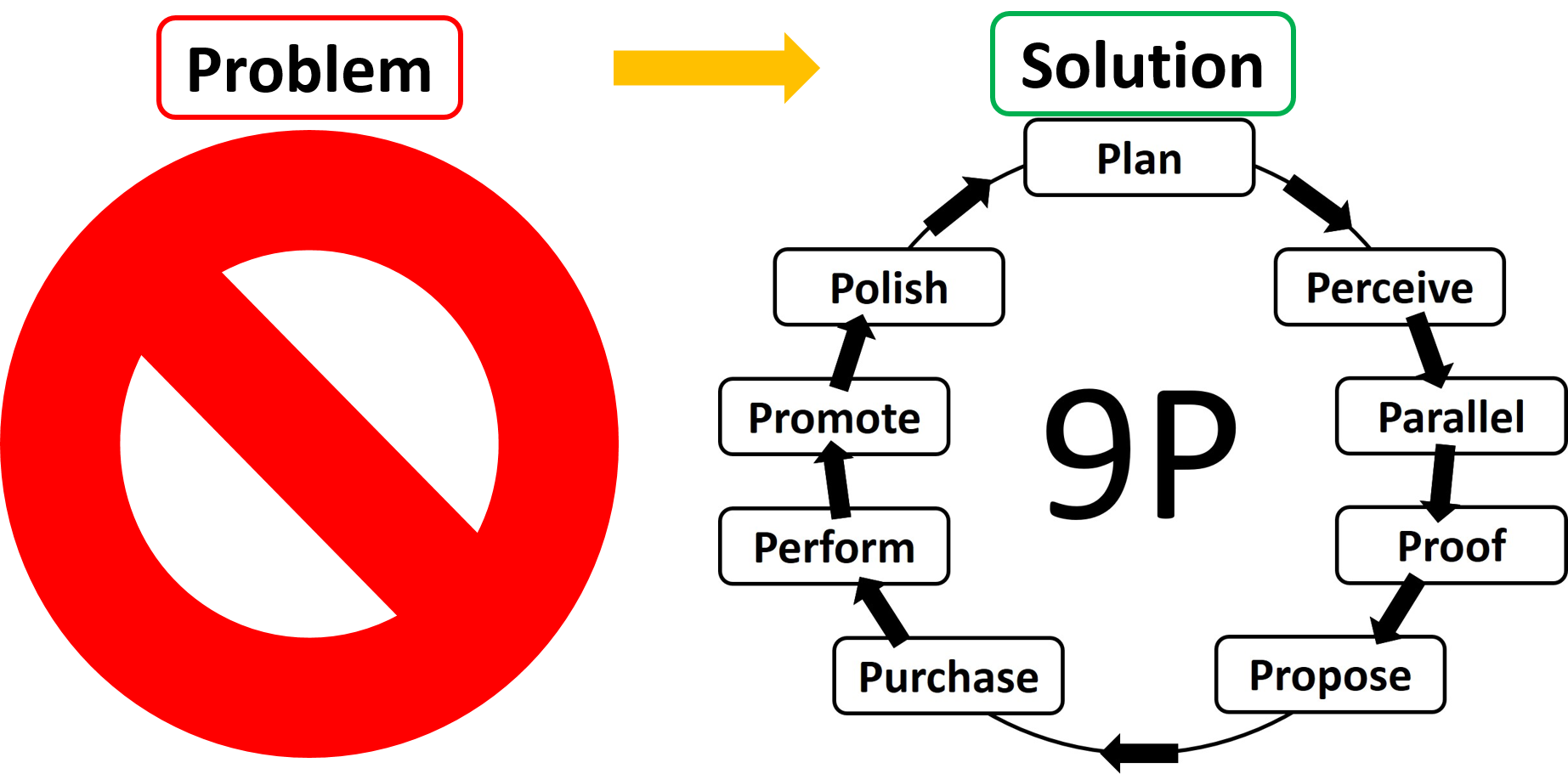Applying the Guidelines
In our previous blogs, we discussed some of the challenges faced by pharma in using social media, how social media metrics indicate that pharma must produce more content and improve engagement, and the various guidelines that pharma must adhere to when posting on social media. However, there are solutions to help overcome these challenges.
Regarding the various compliance guidelines on social media use, every individual working for a pharma company must receive social media compliance training, not just the social media team. This will help avoid unnecessary complications with respect to mentioning the company, the indications it is interested in treating and the products to treat them. In large pharma companies, there are literally hundreds and thousands of employees, each with their own level presence on social media. Once trained, the social media presence of these employees could be harnessed to help build trust and belief in the company, and ultimately sell the company brand, whilst adhering to compliance guidelines, by simply echoing content via retweets and shares from official pages and handles.
Social Media Staff
When dealing with scientific/medical/research content, I refer to the social media that goes with that as “medical social media”. Hence why any pharma company or digital agency must be staffed appropriately to deal with social media in pharma. Irrespective of how a company wishes to portray itself over social media, and however adaptable the personalities of the person/people are over social media, the personalities of the staff will always be portrayed. Therefore, medical social media must be handled by those who have a scientific/medical/research background, produce high-quality copy, and have proven ability to engage over social media from their own social media profiles. Having a scientific background and being able to write good copy should not be enough. Many professionals who oversee their company’s social media come from a marketing/branding background; indeed, that helps, but the ideal combination is of those qualities mentioned above. One must envisage social media as a living breathing organism, giving it a personality unique to a brand will resonate because individuals will have something to connect to, not some logo or name, but an entity, a “person”.
Social Media Use
As acknowledged earlier, LinkedIn and Twitter are important for pharma. Indeed, both have valuable uses, LinkedIn to connect with fellow professionals and for sharing knowledge, opinion and expertise, and Twitter to reach a wide audience, tapping into conversations. Facebook is being used more but is still chronically underutilised by our industry. Most people have Facebook; you probably have an account, and that is what makes it so potent because almost everyone is on it (2.167 billion active users). This means one can engage with people that cannot necessarily be engaged with over the other two platforms. Of course, many people like to keep their professional and personal lives separate, but they are still reachable.
Facebook has the most extensive list of criteria to help define the target audience, especially geography. Certainly, part of any social media strategy must involve sponsored posts to reach the target audience. Across the major social media platforms of Facebook, LinkedIn, Twitter, and Instagram, one can specify their target audience by age, sex, geographic location, interests which include industries, duration of post, and how many people you would like to reach. Much like pay per click, it is a good idea to begin small, so any course corrections are cheap learning experiences. Some sponsored posts will do better than others, as will be the case with non-sponsored posts, but over time, an audience can be developed that will follow the brand across multiple social media channels.
Safety Reporting
Even though the use of social media is growing in pharma, important safety signals are missed or ignored, or there are no social platforms where patients and healthcare professionals can easily report adverse events. Training of social media staff to categorise safety signals by system organ class and preferred term can be of enormous benefit to pharmacovigilance teams.
Compliant Content
Across all the social media platforms, content is everything. For me, the mantra is to inform, educate, and entertain! The posts must be interesting, relevant and engaging. However, as presented earlier, we must adhere to various compliant guidelines. Therefore, social media posts can be:
- Educational
- Informational/share news
- Corporate branding
- Products oriented (OTC to everyone but prescription medicine only to healthcare professionals happy to receive such information)
- Community pages and groups
- Careers in pharma
- Engaging stakeholders (patients, healthcare professionals, other industry professionals)
Communications Strategy
Whatever high-tech metrics are applied to understanding social media, one must remember that we are dealing with people. Central to any type of relationship that can be built between two entities, be it people, brands or groups, is the quality of the relationship: people buy people. Over social media, it takes some time, but it can be achieved, with spectacular results, as shown in other industries. The method I work with is based on familiarity because familiarity can be linked to a cognitive bias function. One must know you before they like you, they must like you before they trust you, and they must trust you before they buy into and from you. I have developed a comprehensive 9-step process, 9P, to help capture all communications and marketing requirements:
- Plan – Plan the compliant social media campaign, target audience and major endpoints
- Perceive – Build the brand and community, so they get to know the company
- Parallel – Use posts that will build empathy, so people will like the company
- Proof – Nurture the community with research and testimonials to build trust
- Propose – Try before you buy, offer a taster of the brand or product (case studies)
- Purchase – Buy after you try, customers buy into the company or the product
- Perform –Provide excellent customer care service
- Promote – Refer stories of successes to continue building the community
- Polish – Review the previous steps to refine, and repeat
Next Steps
If you would like to learn more about how we can use our communications strategy to help your company excel over social media, please do get in touch!

